Wisconsin’s landscapes offer natural antidotes to modern life’s constant stimulation—places where silence isn’t merely the absence of noise, but a positive presence that soothes overstressed nervous systems. These quiet retreats range from dedicated meditation centers to secluded cabins where the loudest sounds might be wind through pine needles or distant loon calls across still water.
What unites these diverse destinations is their ability to create environments where mental chatter naturally subsides, replaced by the attentive calm that emerges when external distractions fall away. The therapeutic benefits of these quiet places extend beyond mere relaxation.
Here is a list of 13 Wisconsin retreats specifically designed to calm overactive minds through thoughtful environments, peaceful settings, and opportunities for the restorative silence increasingly absent from everyday life.
Naga-Waukee Ice Age Trail Shelter
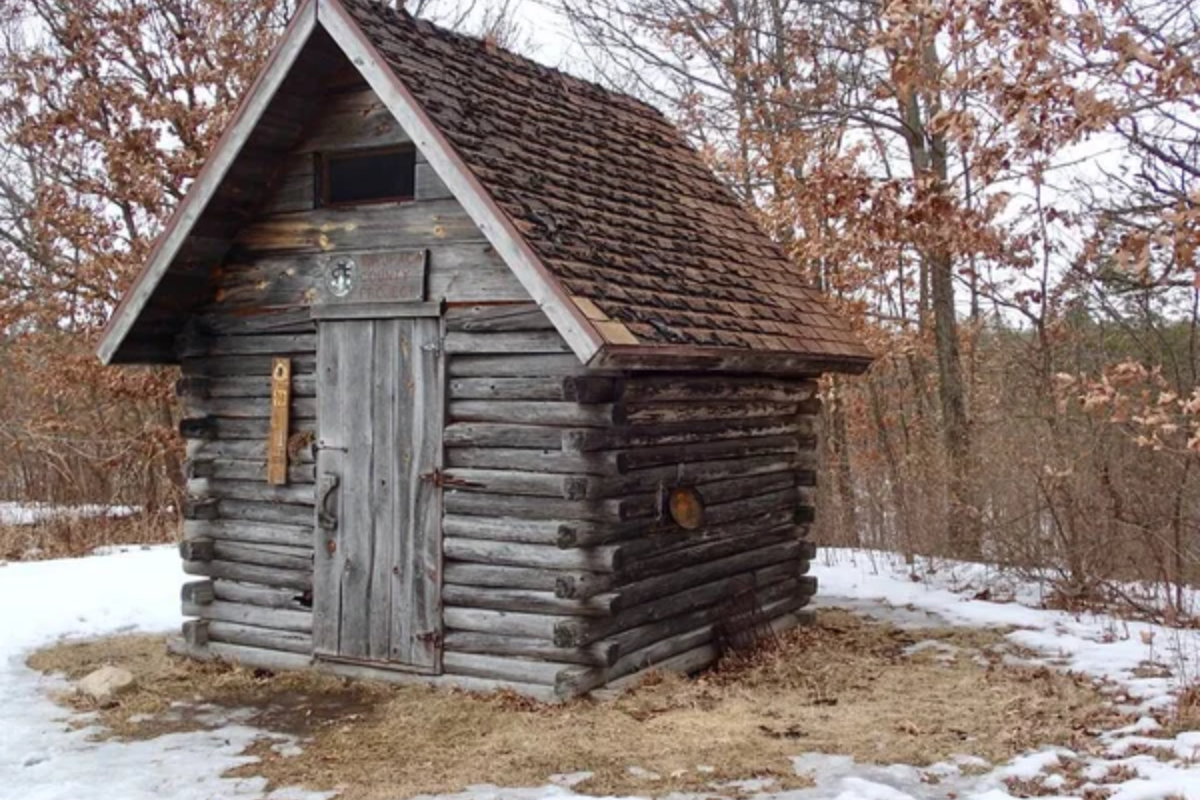
This primitive cabin along Wisconsin’s famous Ice Age Trail provides access to profound silence through intentional simplicity and remarkable location. Situated in a kettle moraine forest depression that naturally blocks distant sounds, the shelter creates acoustic conditions rarely experienced in contemporary life.
The cabin’s single room features minimalist furnishings—platform beds, a simple table, and a wood-burning stove—while the surrounding forest of old-growth hemlock creates ideal conditions for what acoustic ecologists call “deep listening.” Though basic, the shelter’s thoughtful placement demonstrates how strategic location rather than luxury amenities can create optimal environments for mental reset.
Like Travel Pug’s content? Follow us on MSN.
Holy Wisdom Monastery

This contemporary monastery near Madison welcomes guests of all faith backgrounds seeking contemplative experiences in a supportive community. The award-winning sustainable building features meditation spaces designed around acoustic principles that naturally encourage mental calm—high ceilings that dissipate sound, strategic placement of sound-absorbing materials, and careful orientation toward natural views.
Private guest rooms maintain monastic simplicity while providing comfortable retreats between communal practices. The surrounding prairie restoration project creates miles of walking meditation paths where seasonal changes provide natural focal points for mindfulness practice, even for beginners.
Canoe Bay

This adults-only retreat in northwestern Wisconsin creates quiet experiences through thoughtful architecture and strategic property layout. Each private cottage sits at least 100 feet from neighbors, positioned to maximize visual privacy while capturing views of the private lake.
The Frank Lloyd Wright-inspired buildings feature exceptional soundproofing, triple-pane windows that filter external noise, and in-room fireplaces that create gentle white noise perfect for reading or contemplation. The property’s no-cell-phone policy in public areas maintains a peaceful atmosphere, while the absence of motorized watercraft on the private lake ensures that natural sounds predominate across the 300-acre property.
Durward’s Glen
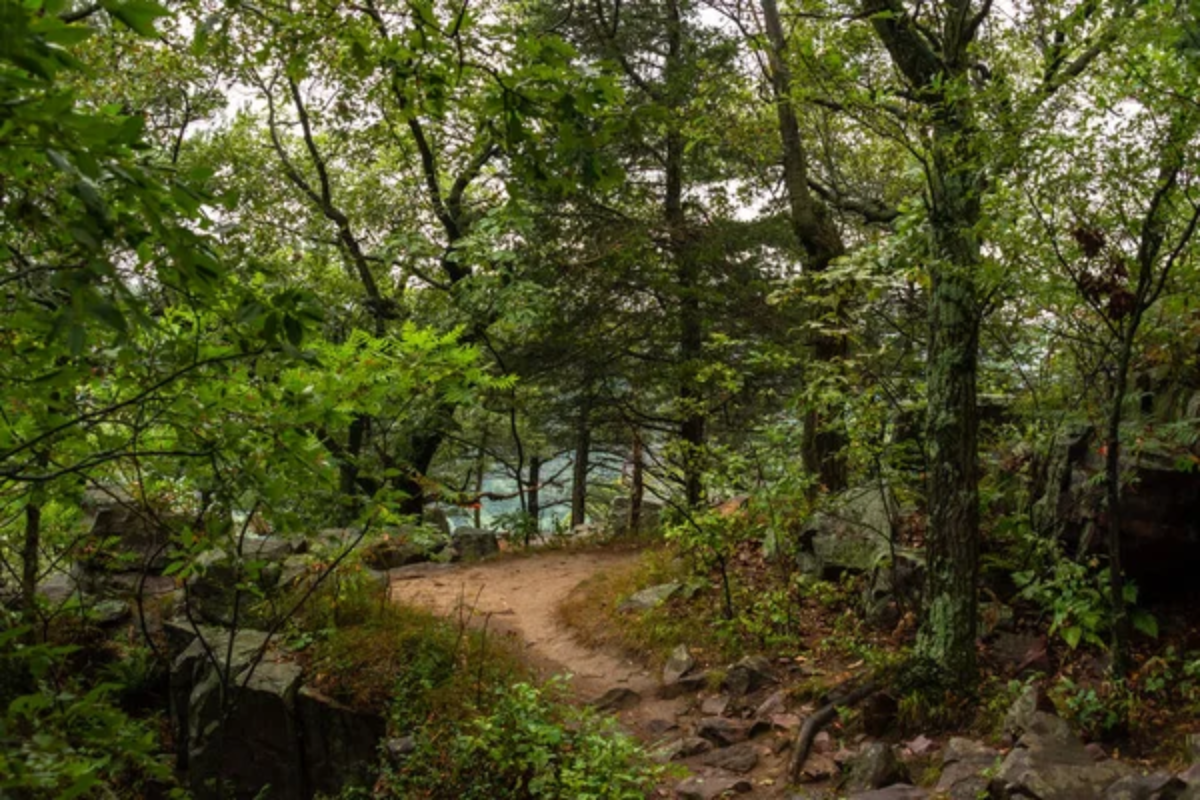
This historic retreat center in the Baraboo Hills occupies what the Winnebago people called “the place of peace” long before European settlement. The property’s unusual geography creates a natural sound barrier against distant noise, while the steep wooded slopes visually isolate visitors from reminders of the outside world.
Simple accommodations in the converted stone buildings focus attention on the remarkable natural setting rather than material comforts. The property’s outdoor stone chapel, surrounded by ancient oak trees, provides one of Wisconsin’s most acoustically perfect natural spaces, where even whispers carry with unusual clarity while external sounds remain remarkably absent.
Like Travel Pug’s content? Follow us on MSN.
The Clearing
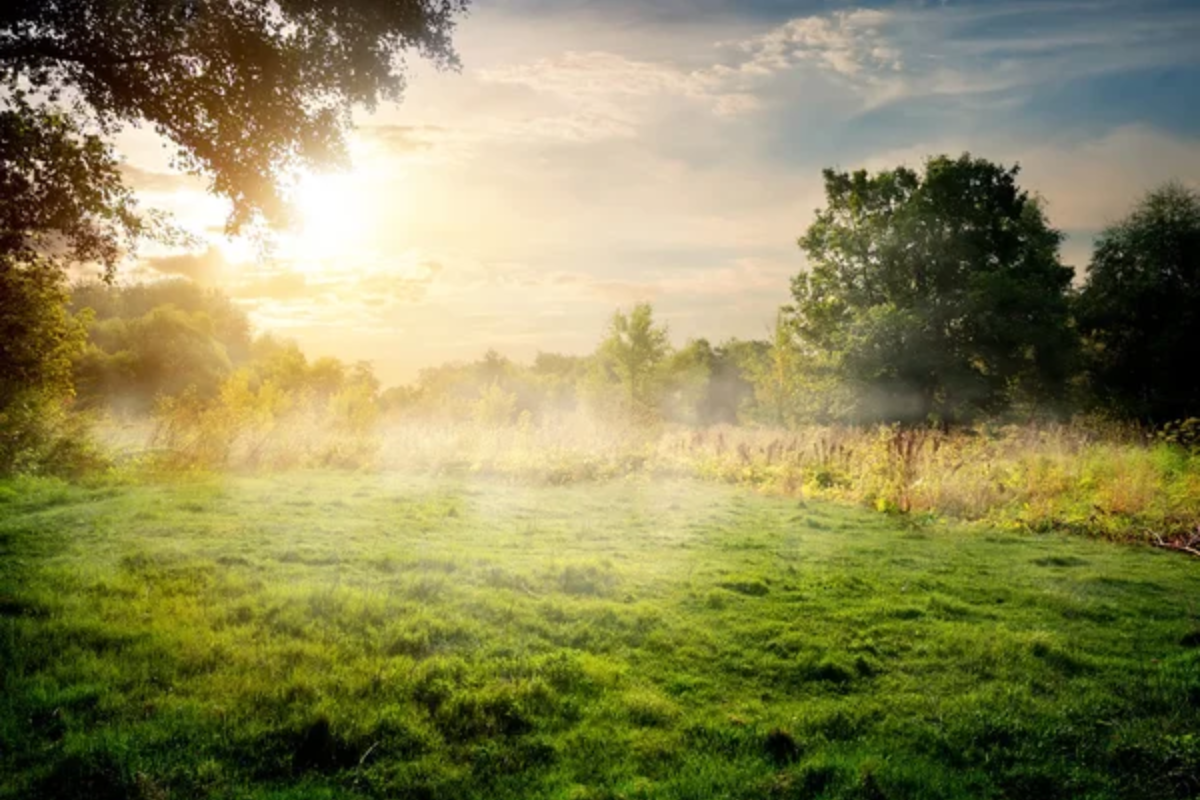
This folk school in Door County, established by landscape architect Jens Jensen, continues his vision of reconnection with nature through immersive learning experiences. The campus design intentionally separates buildings with significant natural buffer zones, creating what Jensen called “breathing spaces” between human activities.
The historic lodging buildings feature thoughtfully placed windows that frame specific views, directing attention outward toward nature rather than inward toward human-centered concerns. Morning guided nature walks often begin in silence, training participants to notice details typically missed amid conversation and establishing mindfulness practices that continue throughout the day’s activities.
Woodman’s Farm Stone Cottage
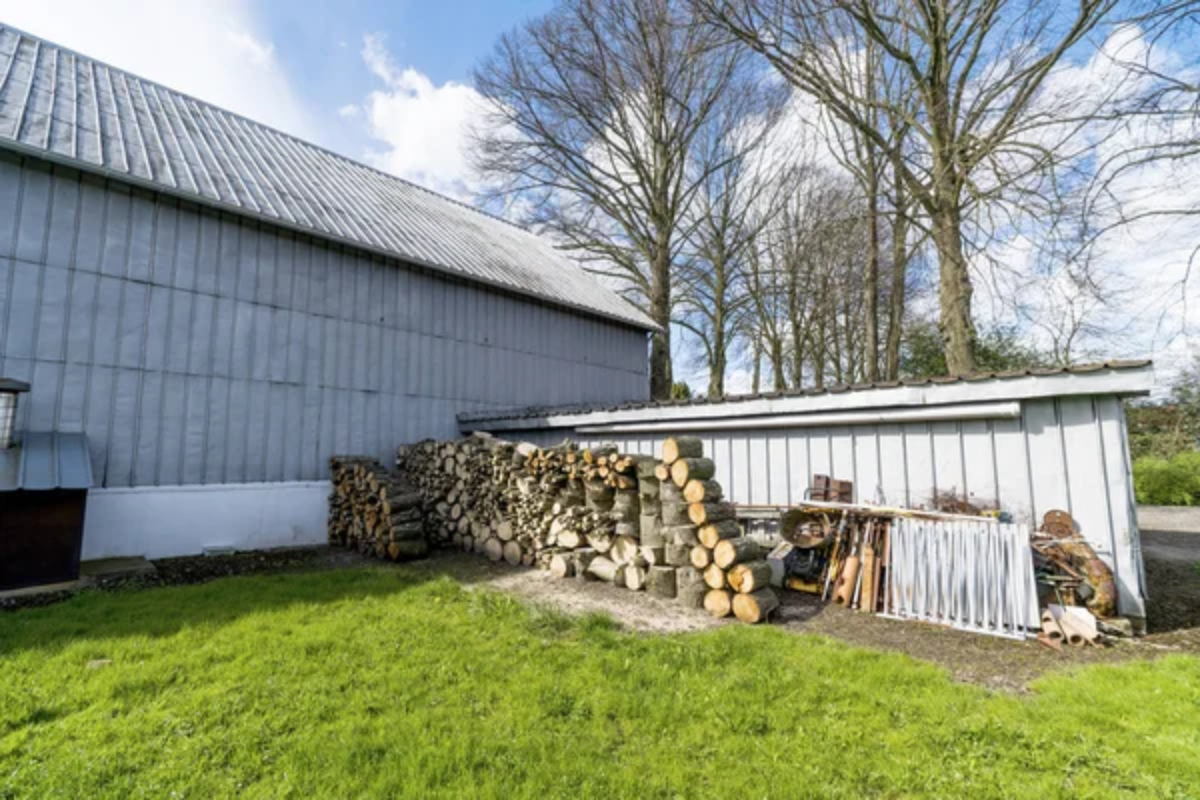
This restored 19th-century shepherd’s cottage in the Driftless Region sits perfectly positioned in an acoustic “dead zone” where modern mechanical sounds rarely penetrate. The thick limestone walls naturally regulate both temperature and sound, creating interior spaces of remarkable quiet regardless of outside conditions.
The property’s location in a valley surrounded by non-agricultural hillsides eliminates the farm equipment noise common in rural settings, while the absence of nearby roads creates unusually pristine acoustic conditions. The cottage’s southern exposure invites guests to practice the nearly lost art of porch-sitting—still, concentration focused on slowly changing views rather than digital distractions.
St. Bede’s Quiet Garden
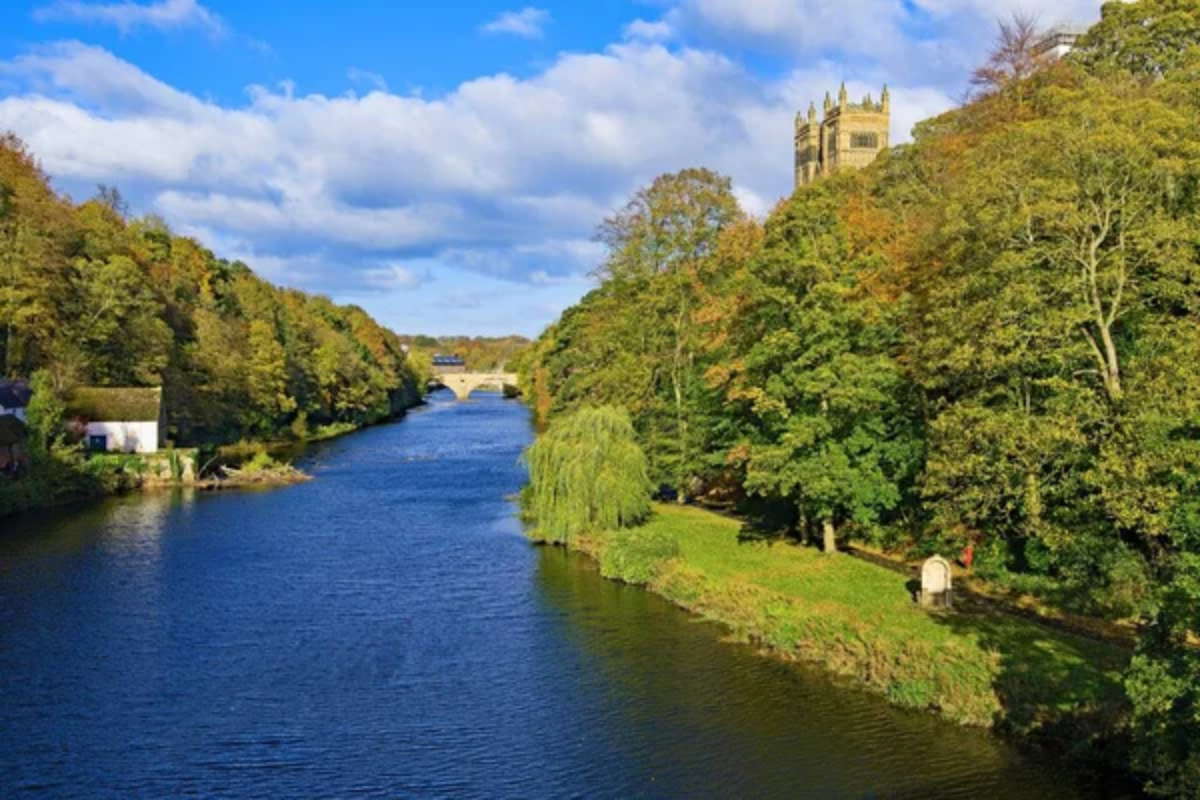
This small retreat adjacent to a rural church near Eau Claire demonstrates how spaces specifically designed for contemplation differ from conventional gardens. Rather than maximizing visual stimulation through numerous plant varieties, this garden utilizes a limited palette of native species arranged to create distinct “rooms” with specific acoustic properties.
The garden’s central feature—a simple labyrinth mown through prairie grasses—provides a walking meditation space where the rustling of grasses creates natural white noise that masks distant sounds. This thoughtfully designed outdoor space shows how intentional landscape design can create mental stillness even in relatively small areas.
Like Travel Pug’s content? Follow us on MSN.
Whitewing Farm Retreat

This converted granary in northeastern Wisconsin creates ideal conditions for mental restoration through both natural setting and intentional interior design. The three-story structure features sleeping areas on the top floor above the tree canopy, where morning light functions as a natural alarm clock through strategically placed skylights.
The middle floor provides living space with window seats positioned to frame specific views that change dramatically with seasons, creating natural anchors for attention. The ground floor houses a dedicated meditation room with a floating floor specifically engineered to absorb vibration, demonstrating how technical knowledge can enhance conditions for contemplative practice.
The Barn House
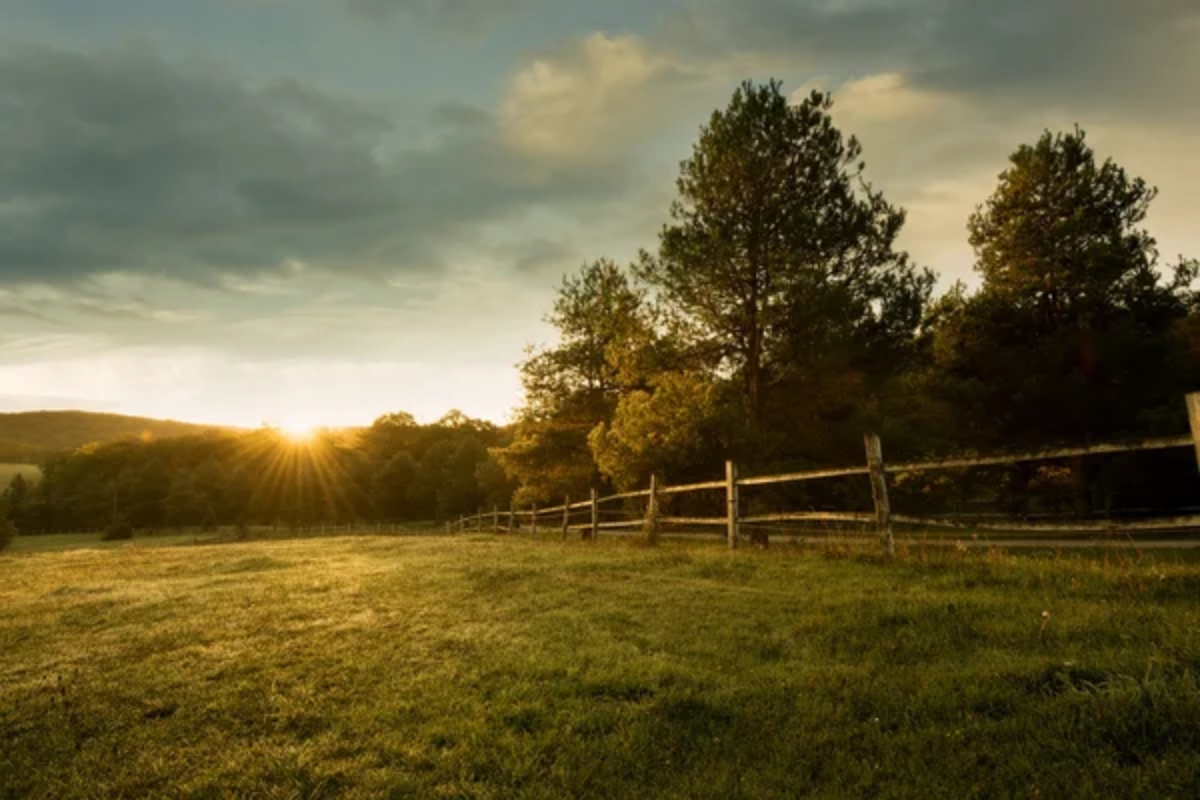
This repurposed agricultural building near New Glarus employs principles from acoustic engineering to create spaces that naturally induce calm brain states. The main room’s unusual proportions—based on measurements from concert halls known for exceptional sound qualities—create what acoustic experts call “supportive resonance” that naturally deepens breathing patterns among occupants.
The carefully preserved hand-hewn beams absorb and diffuse sound differently than modern building materials, creating sonic environments increasingly rare in contemporary construction. The surrounding garden features plantings specifically selected to attract birds known for calming songs rather than jarring calls.
Kickapoo Valley Reserve Cabins
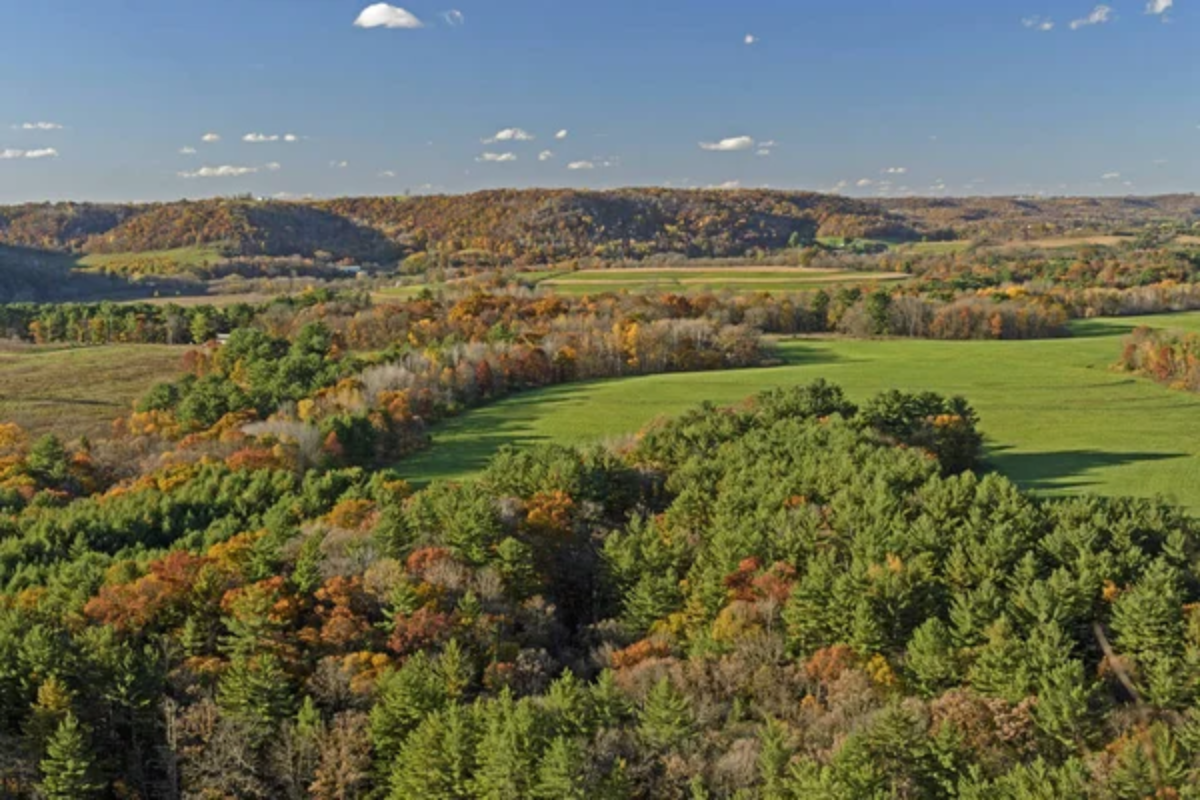
These simple structures within Wisconsin’s largest state-owned nature reserve provide access to one of the Midwest’s designated “quiet zones” where natural soundscapes remain largely intact. Each cabin sits at least half a mile from neighbors, creating genuine acoustic privacy increasingly difficult to find in more developed areas.
The structures themselves incorporate design elements from scientific research on restorative environments—including specific window heights that frame views known to activate parasympathetic nervous system responses associated with stress reduction. These modest accommodations demonstrate how alignment with current research on environmental psychology can enhance traditional retreat experiences.
Like Travel Pug’s content? Follow us on MSN.
Stormwater Cottage
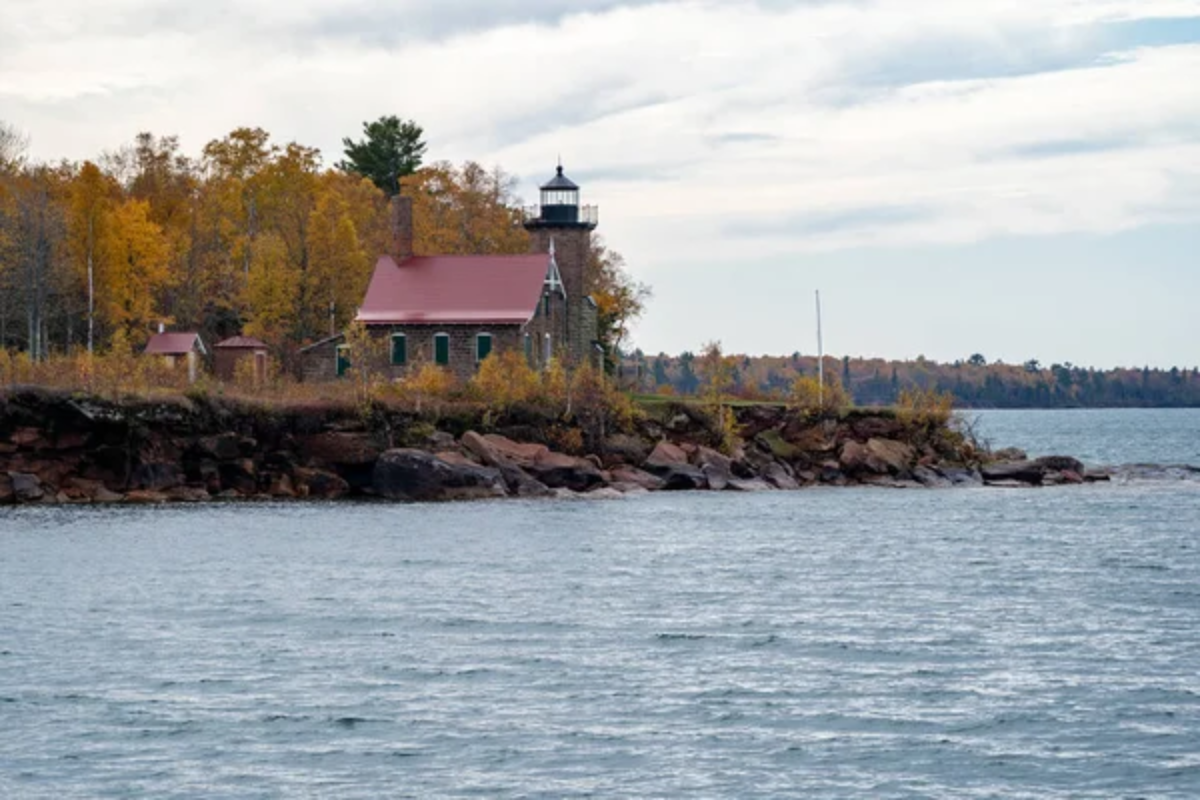
This tiny timber-frame building adjacent to the Apostle Islands National Lakeshore creates ideal conditions for what neuroscientists call “soft fascination”—the gentle holding of attention through subtle environmental stimuli rather than demanding mental effort. The cottage sits within earshot of Lake Superior’s rhythmic waves, providing natural sound patterns proven to synchronize brain waves into more coherent patterns.
The compact yet thoughtfully designed interior eliminates unnecessary decision-making through limited but perfect essentials, reducing the cognitive load that contributes to mental fatigue. This retreat demonstrates how neuroscience principles can inform retreat design beyond mere aesthetic considerations.
Wild Rice Retreat

This former church camp reimagined as a wellness center near Bayfield combines minimalist Scandinavian design principles with traditional Ojibwe concepts of balanced living. The individual dwellings, called “nests”, feature curved walls that naturally dissipate sound while framing focused views of Chequamegon Bay.
The property’s culinary program emphasizes traditional foods known to support nervous system health, including locally harvested wild rice prepared using traditional methods. This integrated approach to quieting the mind recognizes the connection between physical nourishment and mental clarity, moving beyond simplistic notions of retreat to address multiple dimensions of well-being.
The Mind’s Natural State

Wisconsin’s quiet retreats represent more than mere escapes from noise—they offer essential recalibration for nervous systems increasingly distressed by constant stimulation. These thoughtfully created environments demonstrate that genuine quiet involves more than sound levels; it emerges through intentional spaces where attention can rest naturally rather than constantly shifting between competing stimuli.
Whether through historic structures that predate our accelerated pace, natural settings with inherent acoustic qualities, or contemporary designs informed by environmental psychology, these destinations provide increasingly rare opportunities to experience what might be called the mind’s natural state—alert yet calm, present rather than scattered. In a world where silence itself has become a luxury, these Wisconsin retreats offer accessible pathways to the quiet that ultimately resides within.
More from Travel Pug

- 20 Towns Built for One Purpose That Were Later Abandoned
- 15 Hidden Spots in Disney World’s Magic Kingdom Most Visitors Miss
- 20 Once-Popular Beach Towns That Are Now Ghostly Empty
- 15 Canyons in the U.S. That Are Just as Stunning as the Grand Canyon
- 10 Under-the-Radar Mountain Towns That Are Both Affordable and Beautiful
Like Travel Pug’s content? Follow us on MSN.
